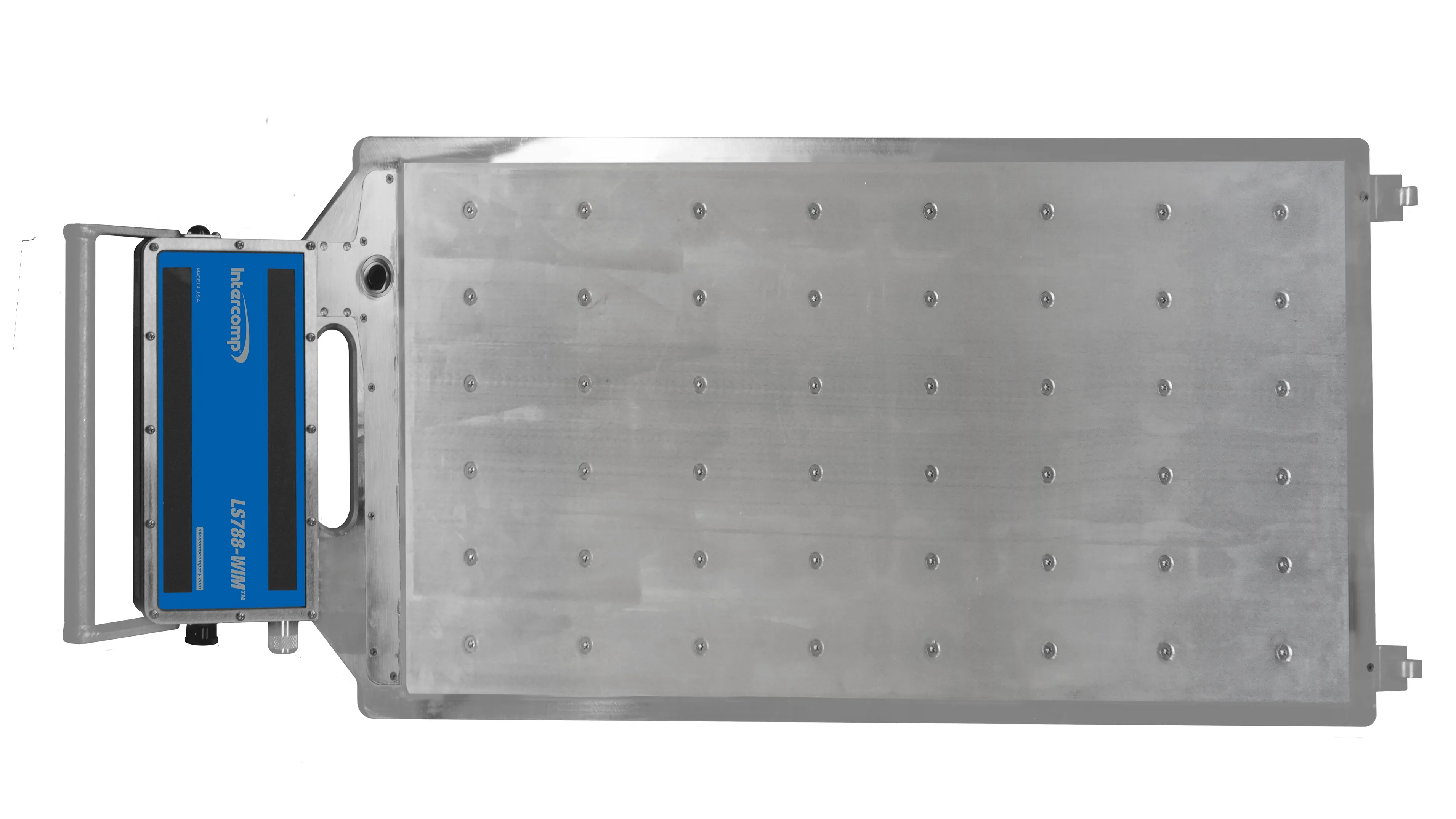The
Each system will include a WIM sensor array specified by INDOT as appropriate for the type of traffic data to be collected at that location. VWS systems will also provide image capture and support remote web access capability to provide more powerful real-time tools that can be utilised for commercial vehicle weight screening. The contract also provides an opportunity for IRD to work closely with INDOT to provide system enhancements and upgrades through the life of the contract.
The contract is a long-term commitment between IRD and Indiana that runs from 1 July 2015 to 30 April 2019 and complements a previous QPA issued to IRD in June 2015 valued at US$3.8 million for IRD equipment, software, and services.
Terry Bergan, IRD president and CEO, noted, "This award supports our philosophy of providing a complete turnkey package of service and maintenance to our customers. IRD's end-to-end solution includes sensors, equipment, installation, maintenance, data harvesting, verification, data hosting and reporting systems. We look forward to working closely as a partner with the State of Indiana to ensure the success of their WIM traffic data and VWS program."
Indiana DOT awards IRD further WIM orders
The Indiana DoT has awarded International Road Dynamics (IRD) an additional quantity purchase agreement valued at approximately US$9.9 million. Under the agreement, IRD will be issued task orders to provide weigh-in-motion (WIM) and virtual weigh-in-motion (VWS) systems including site and sensor installation, maintenance and repair for high accuracy traffic and weight data for planning, roadway design, and weight compliance purposes.
July 24, 2015
Read time: 2 mins









